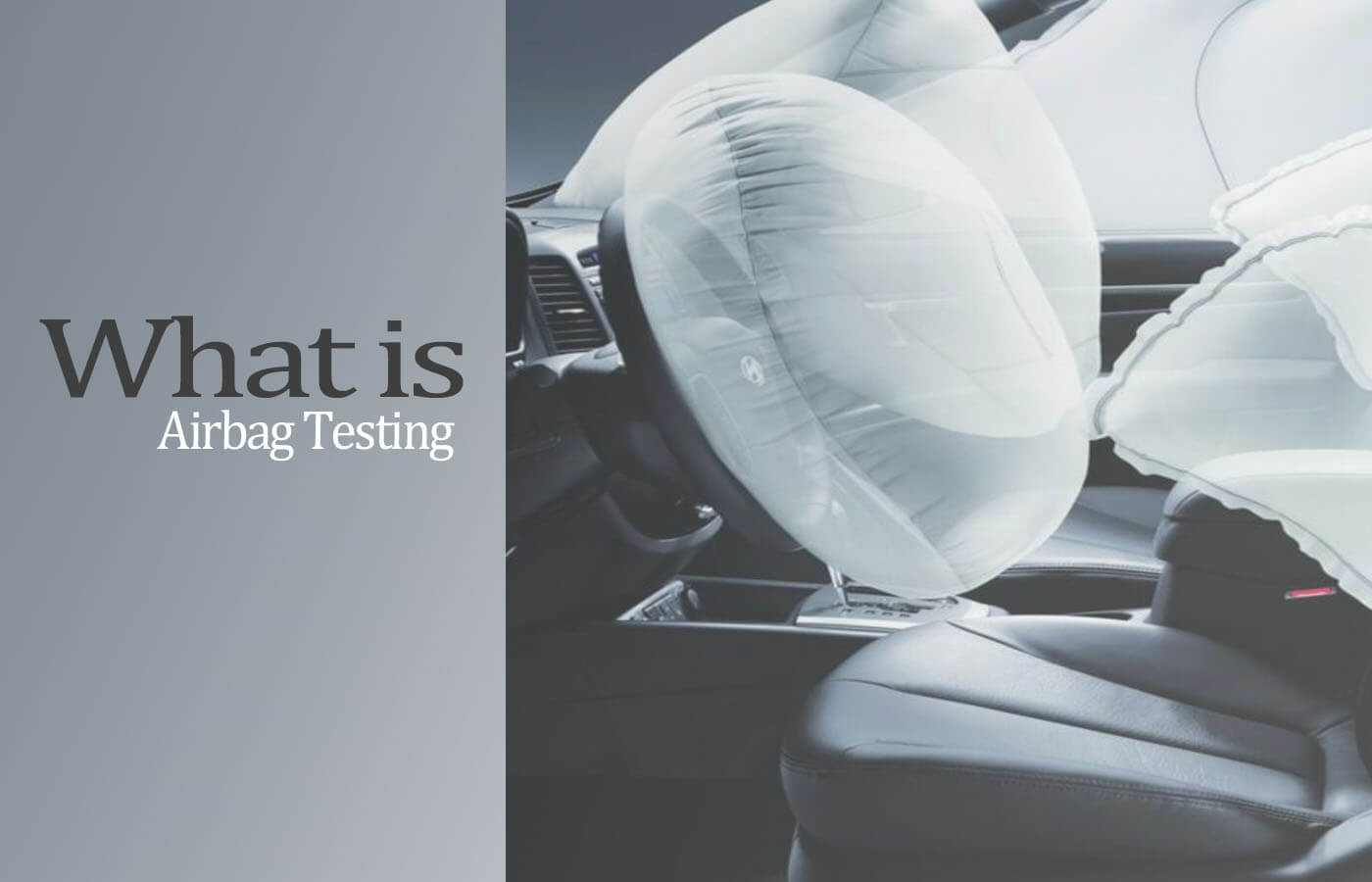Nowadays, with the rapid development of science and technology, the competition among automobile manufacturers has become more and more fierce. While improving the performance of automobiles, the safety of automobiles cannot be ignored. But most people don’t know much about safety protection devices on cars, such as airbags. This article will introduce you to airbags and airbag test chamber.
Automobile Safety Systems
Divided into active safety systems and passive safety systems. The former are safety devices to avoid accidents, such as ABS, EBD, TCS, ESP, EBA, etc. The latter refers to safety devices that protect people in the car from injury or reduce injuries when an accident occurs. Airbags (SRS), seat belts, etc. are passive safety devices.
Introduction of Airbag
Definition: The airbag consists of airbag cushion, a flexible fabric bag, an inflation module, and an impact sensor. Airbags can be divided into driver’s seat airbags, passenger airbags, head airbags, seat side airbags, rear seat side airbags, knee airbags, etc. A car can have up to 10 airbags.
Principle: When a car crashes, the sensor receives and transmits a signal, and then the electronic controller determines whether the collision data meets the conditions for airbag deployment. If the airbag deployment conditions are met, the circuit will be triggered to deploy one or more airbags.
Why is Airbag Testing Important?
An airbag can only be used once. In order to ensure the safety and effectiveness of the airbag, airbag manufacturers, car manufacturers and relevant testing laboratories will conduct various tests on the airbag before actual use. The impact force of airbag deployment can reach 180 kilograms. If any problem occurs during the airbag deployment process, it will not only fail to protect people but also cause further harm. Therefore, airbag testing is important.
Introduction of Airbag Test Chamber
Different countries have different airbag testing standards, so the customization requirements for airbag test boxes are also different, but the testing principles and evaluation standards are similar.
Install the airbag in a fixed location. When an electrical signal that meets the airbag deployment conditions is given, the airbag is inflated and deployed. High-speed cameras simultaneously record the entire process of airbag deployment. After the test is completed, the camera records will be observed to evaluate whether the deployment of the airbag will cause harm to the people in the car, and to evaluate the protective effect of the airbag. The evaluation mainly focuses on the following three aspects:
Airbag deployment time: When an accident occurs, the airbag can only maintain a full state for tens of milliseconds. If it is inflated too early, it will lose its buffering effect. If it is inflated too late, it will directly harm the human body. Therefore, whether the airbag can be deployed in time is the key to evaluating the protective effect of the airbag.
Damage to airbag-related parts: The airbag bracket will be damaged to varying degrees after the airbag is deployed, which is one of the criteria for evaluating whether the airbag is qualified.
Risk of splashing objects: Small objects will fly out at the moment the airbag is deployed. It is necessary to determine the direction of these splashing objects (whether they will be close to the head) and whether they will cause harm to people in the car.
People’s emphasis on automobile safety is driving the improvement of automobile safety systems. As an important part of car safety testing, the airbag test chamber has become a routine test item in the automotive industry.

